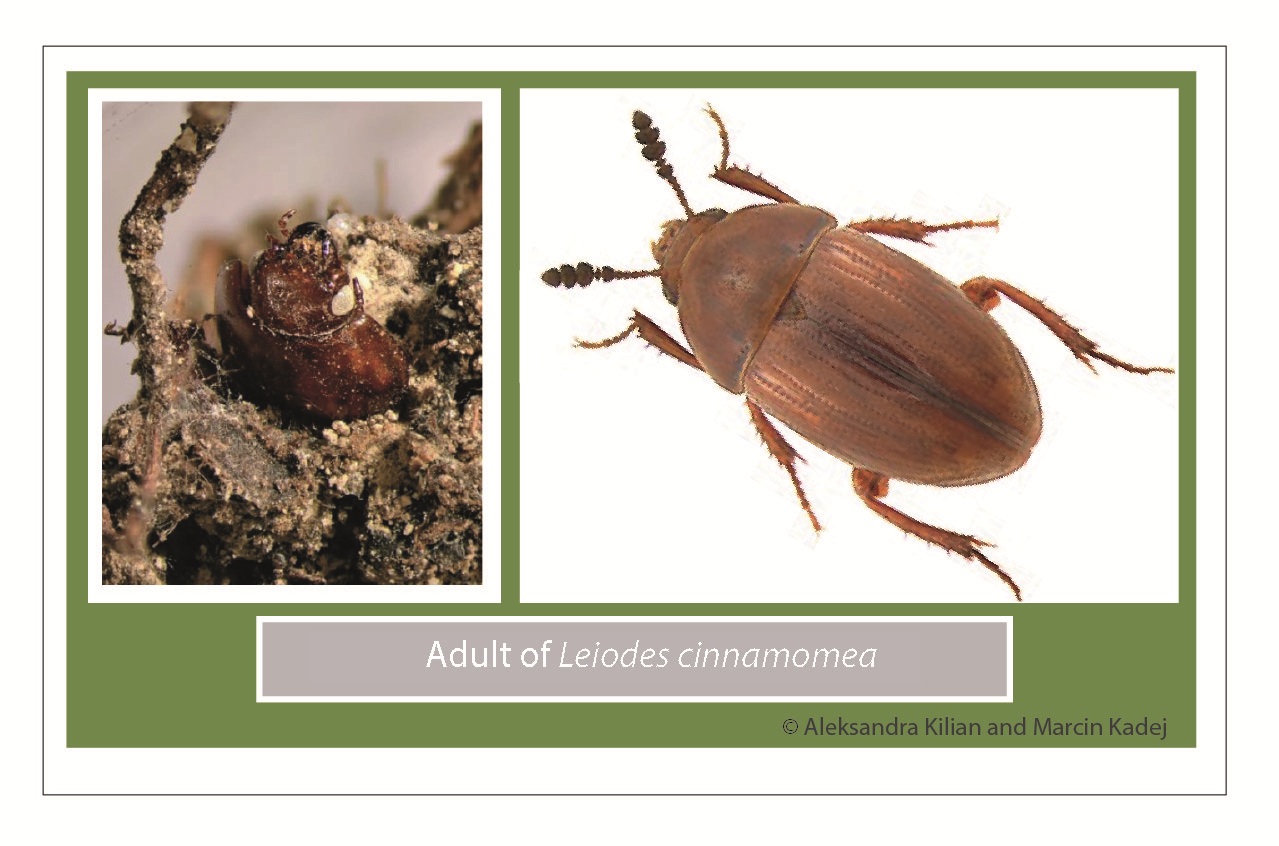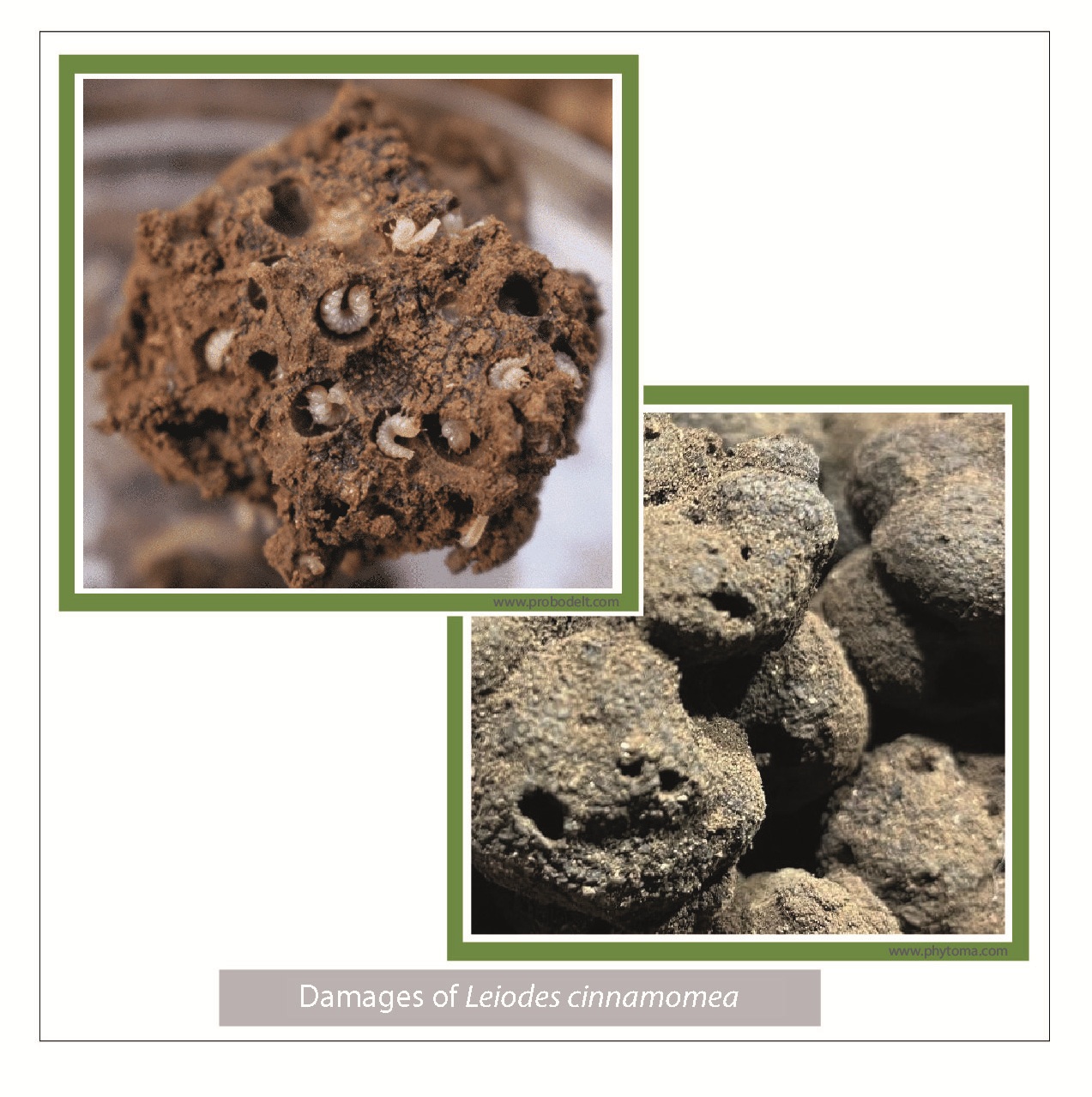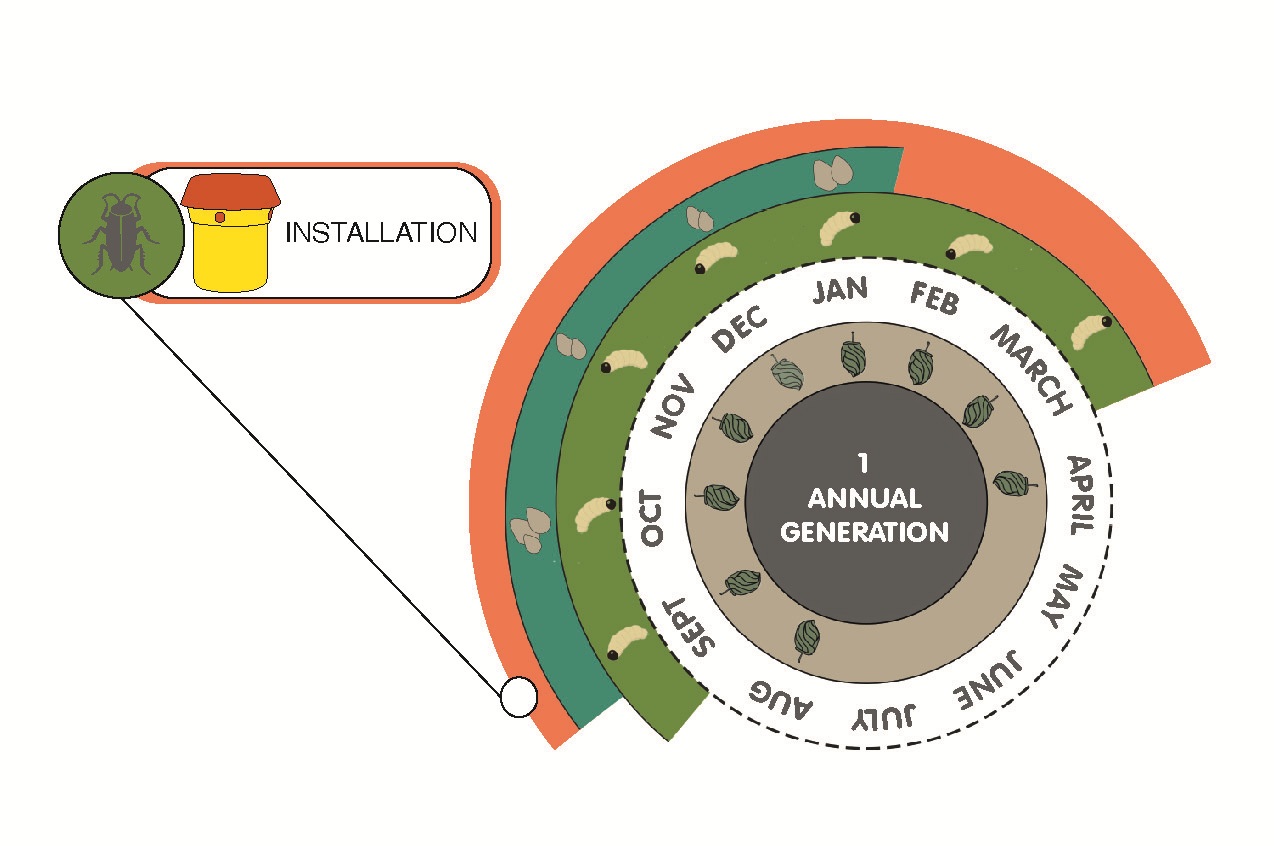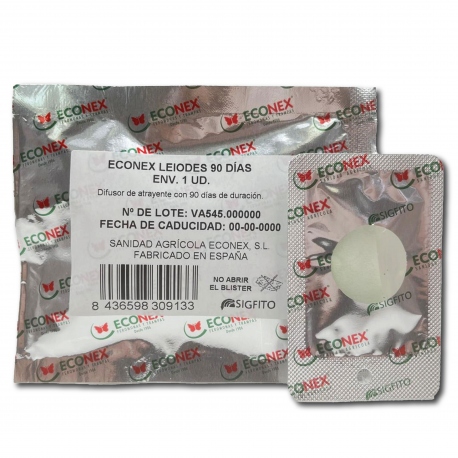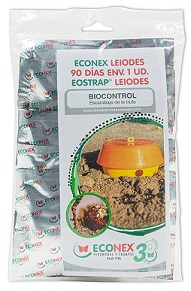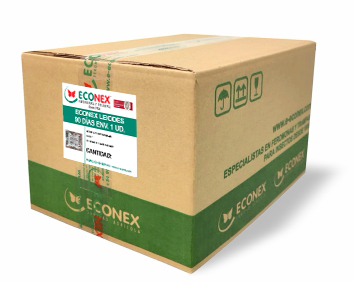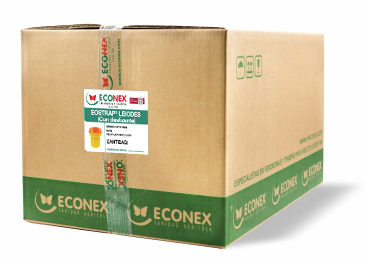Morphology and biology
Its life cycle is usually annual with a single generation per year. Like other beetles, it goes through egg, larva, pupa and adult stages. The eggs are laid in the soil, near the truffles, as the larvae need direct access to this fungus for feeding and initial development. They are small, measuring approximately 0.3-0.5 mm in length, oval and white or light yellow in colour, which allows them to go unnoticed in the soil.
The larvae have a cylindrical, flexible and slightly curved body, which makes it easy for them to move around inside the truffles. When they first hatch, they are about 1-2 mm long, but can grow to up to 5 mm at the end of their development. They are whitish or cream-coloured at first, becoming more yellowish as they mature. By tearing its tissue with their jaws, they cause damage to the truffle.
The pupa is an static phase. At this stage, the insect does not feed and remains inactive while it develops. It is cream or light brown in colour and oval in shape, but already shows the rudiments of the adult structures. The pupa is often found inside a capsule made in the soil or in organic material near the truffles to protect itself during metamorphosis.
When fully grown, this beetle measures between 3 and 5 mm in length and is brown to cinnamon in colour, which helps it to blend in with the ground and truffles. Its body is compact and oval in shape, allowing it to move around easily between vegetation and the ground. The head is small in proportion to the body and has dark eyes, which are relatively large for its size. The antennae are short, club-shaped, and adapted to detect chemical signals, such as pheromones and possibly volatile compounds in truffles. Similar to the larva, it has strong jaws capable of piercing the surface of truffles and other organic materials in the soil.
Damage
Leiodes cinnamomea poses a significant threat to truffle producers due to the damage it causes:
Direct damage to truffles. Adults bore into the truffle surface while the larvae feed on their tissue. This causes accelerated decomposition of the fungus and can create entry points for other pathogens.
Changes in aroma. By accelerating internal decomposition, alterations in aroma quality may occur
Texture modification. By destroying the interior of the truffles, the larvae cause the texture to become soft and less consistent.
Economic losses. Quantity and quality reduction of truffles for market purposes directly affects producers’ income.



